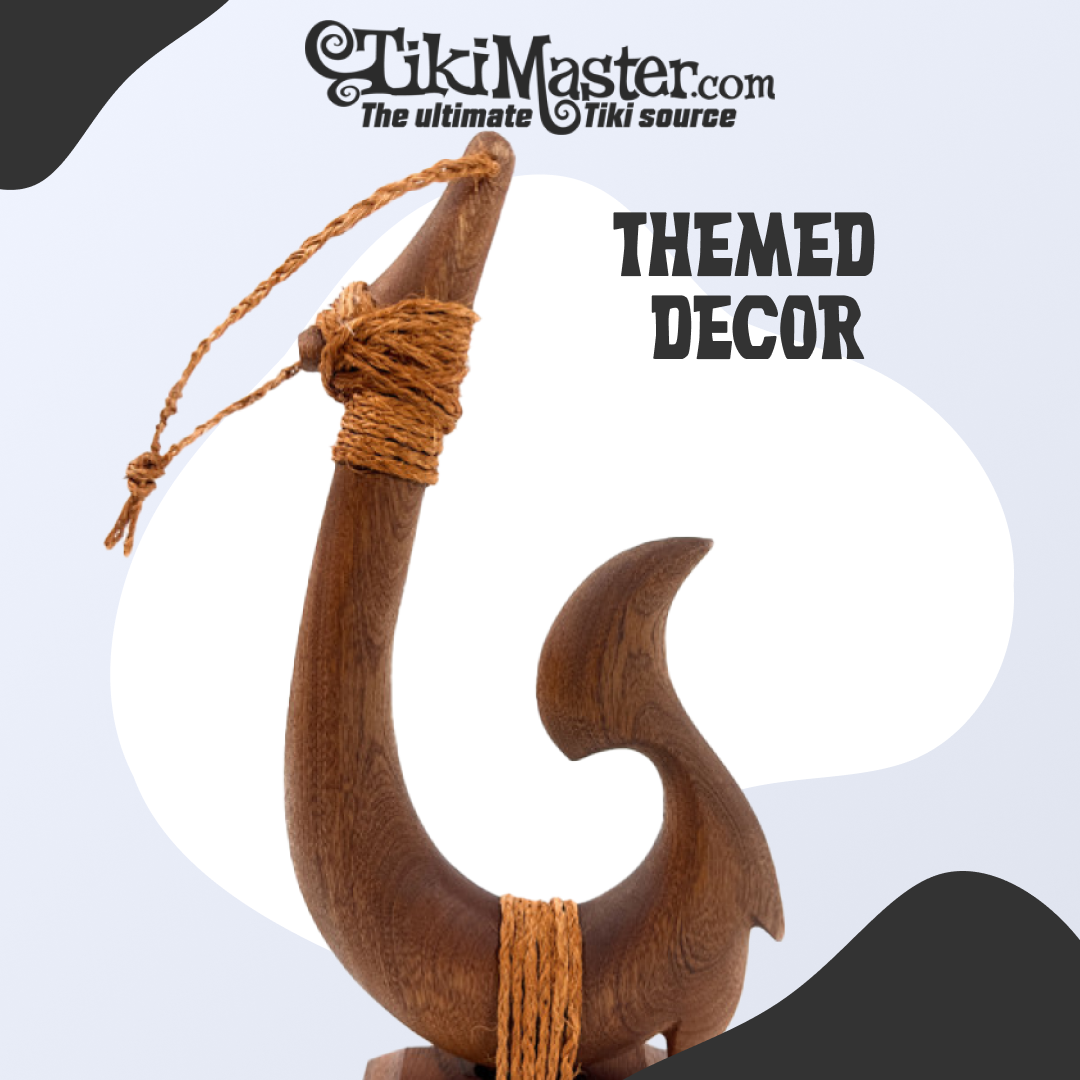Lei o mano war club
The Pacific Islands have a vibrant culture, and a famous symbol of this culture is the lei o mano war club. Many Pacific Islanders still revere this ancient weapon and it has a fascinating history. This article will discuss about the history and significance of the lei o mano war club.
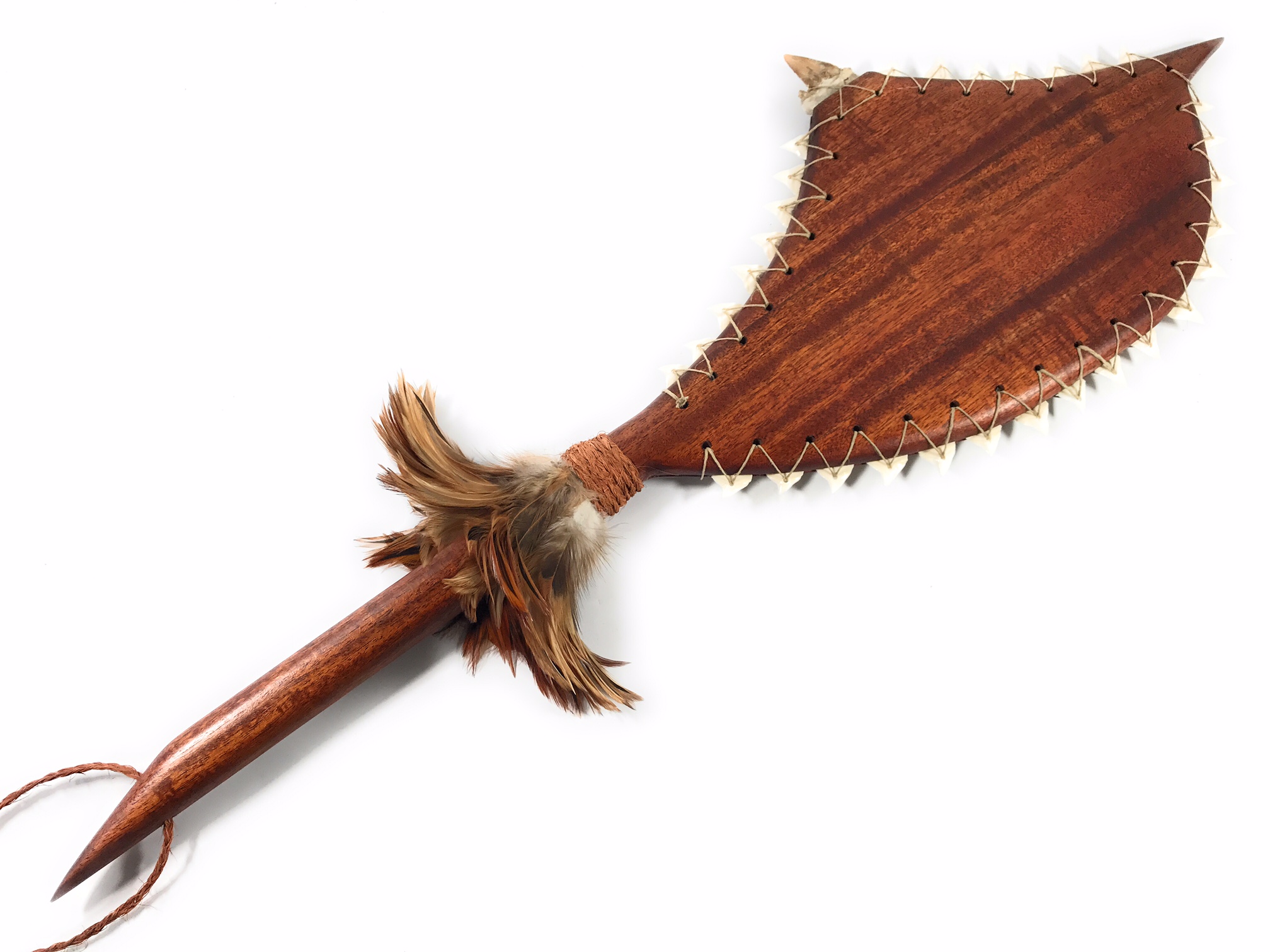
Native Hawaiians were proud of making lei o mano from their ancestors. In battles, they utilized hollowed female shark teeth to inject poison.
The Origins of the Lei O Mano War Club
The lei o mano war club, also called the shark tooth club, is a traditional weapon from the Pacific Islands. The Maori people of New Zealand were the first to use it. It then spread to other Polynesian cultures like Hawaii and Samoa.
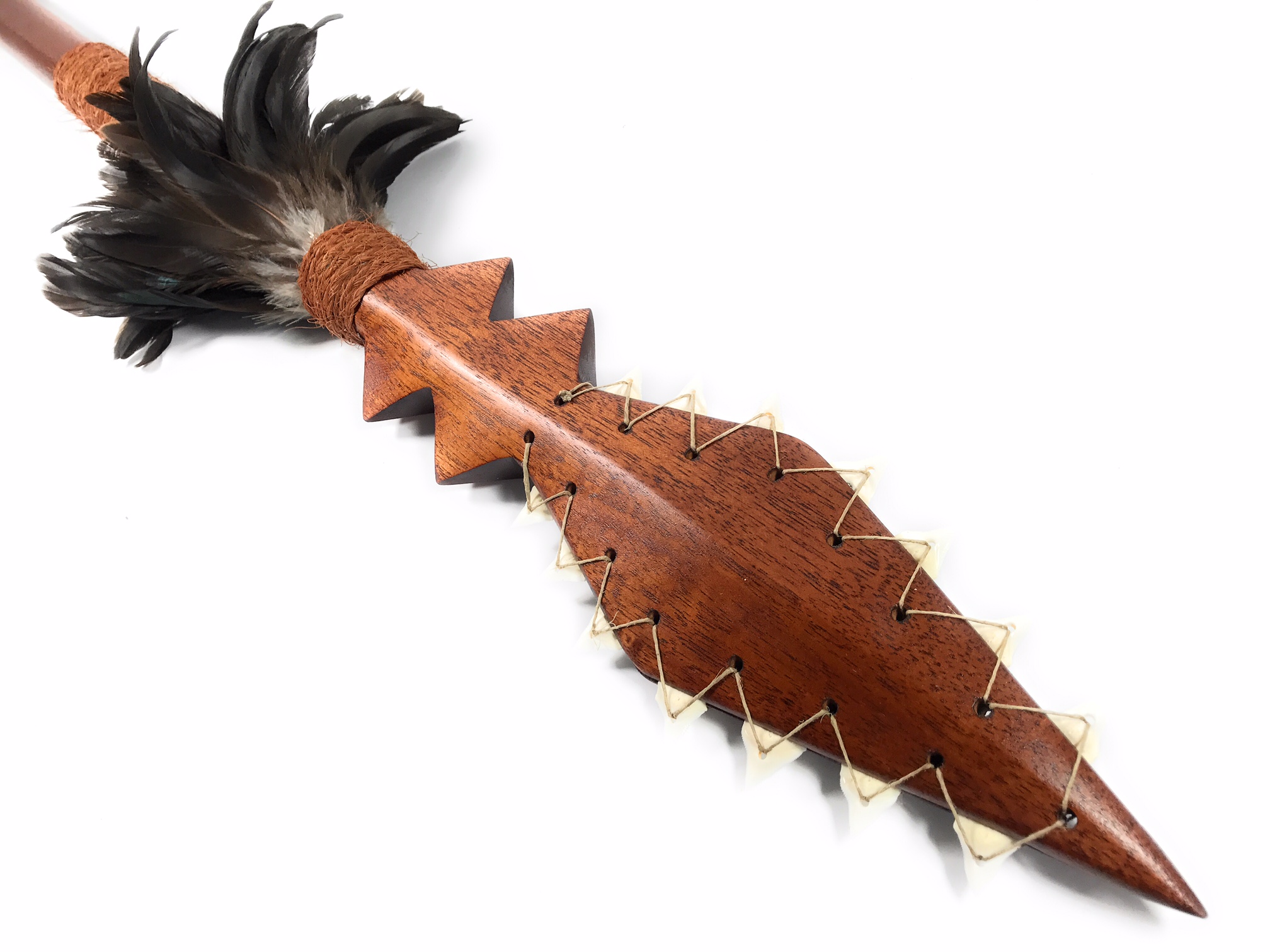
The name "lei o mano" means "shark's teeth" in Hawaiian. It refers to the weapon's unique design, with the word "lei" representing a lei made of shark tooth. The club consists of a wooden handle with rows of shark teeth embedded into it, creating a sharp and deadly edge.
A Symbol of Strength and Power
In ancient Polynesian culture, the lei o mano war club was a symbol of strength and power. Warriors and chiefs often used it in battles and also used it in ceremonial rituals. Families cherished and handed down the weapon, making it a special heirloom. Today, we display war clubs with shark teeth in koa shadow boxes.

The shark teeth used to make the club were not just for decoration, but also served a practical purpose. The sharp edges could easily pierce through the skin and bones of an enemy, making it a formidable weapon in battle.
The Role of the Lei O Mano War Club in Modern Pacific Islander Culture
The lei o mano war club is no longer used as a weapon. However, it still holds great significance in Pacific Islander culture today. People use the weapon in dances, ceremonies, and it serves as a symbol in Pacific Islander art and jewelry.
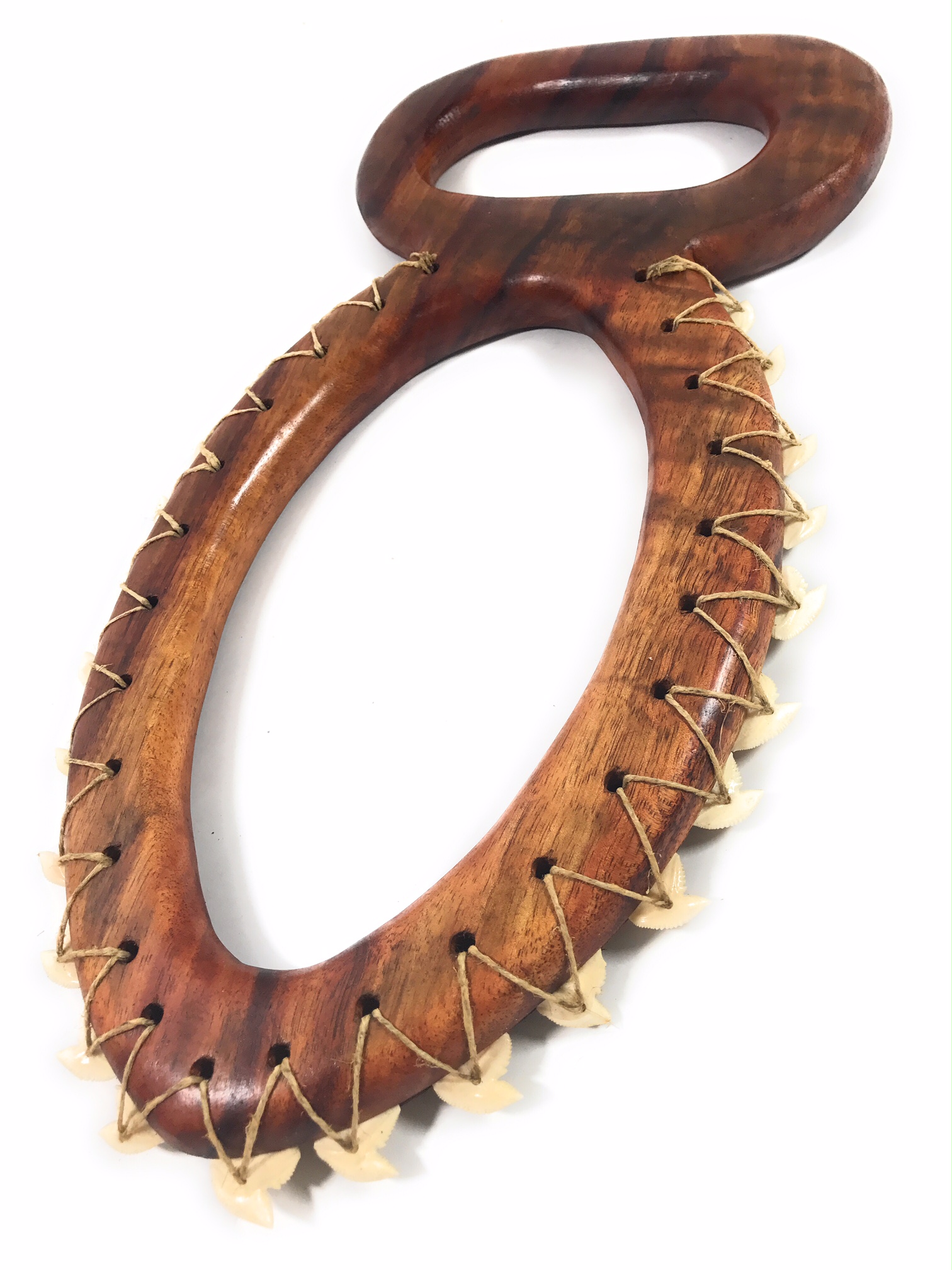
A Symbol of Cultural Identity
For many Pacific Islanders, the lei o mano war club is a symbol of their cultural identity and heritage. It shows the power and toughness of their past generations and reminds them of their history and customs.
In Hawaii, people use the lei o mano war club in hula dances to tell stories and honor ancestors. many tattoo artists over the years have used popular motif in traditional Hawaiian tattoos, symbolizing strength, protection, and courage.
A Connection to the Land and Sea
The lei o mano war club serves as both a weapon and a symbol. It represents the Pacific Islander's connection to the land and sea. The club's wooden handle has detailed carvings of island elements like waves, fish, and plants.
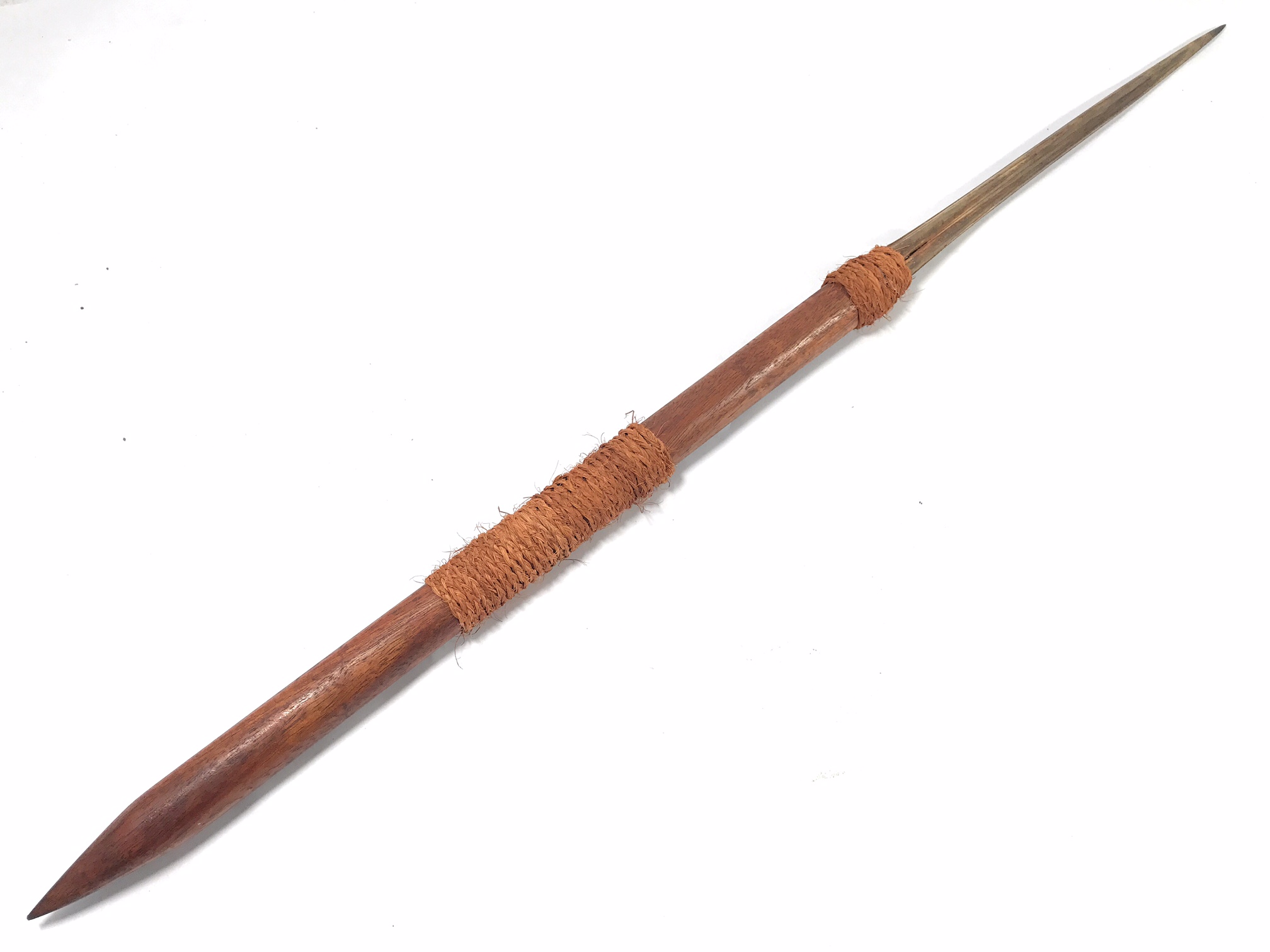
The shark teeth used to make the club are also a nod to the importance of the ocean in Pacific Islander culture. People respect and view sharks as sacred. They use their teeth in weapons to tap into their strength and provide protection.
The Art of Making a Lei O Mano War Club
Skilled artisans have passed down the intricate art form of making a lei o mano war club through generations. You need to know the materials, techniques, and cultural importance of the weapon to understand it well.
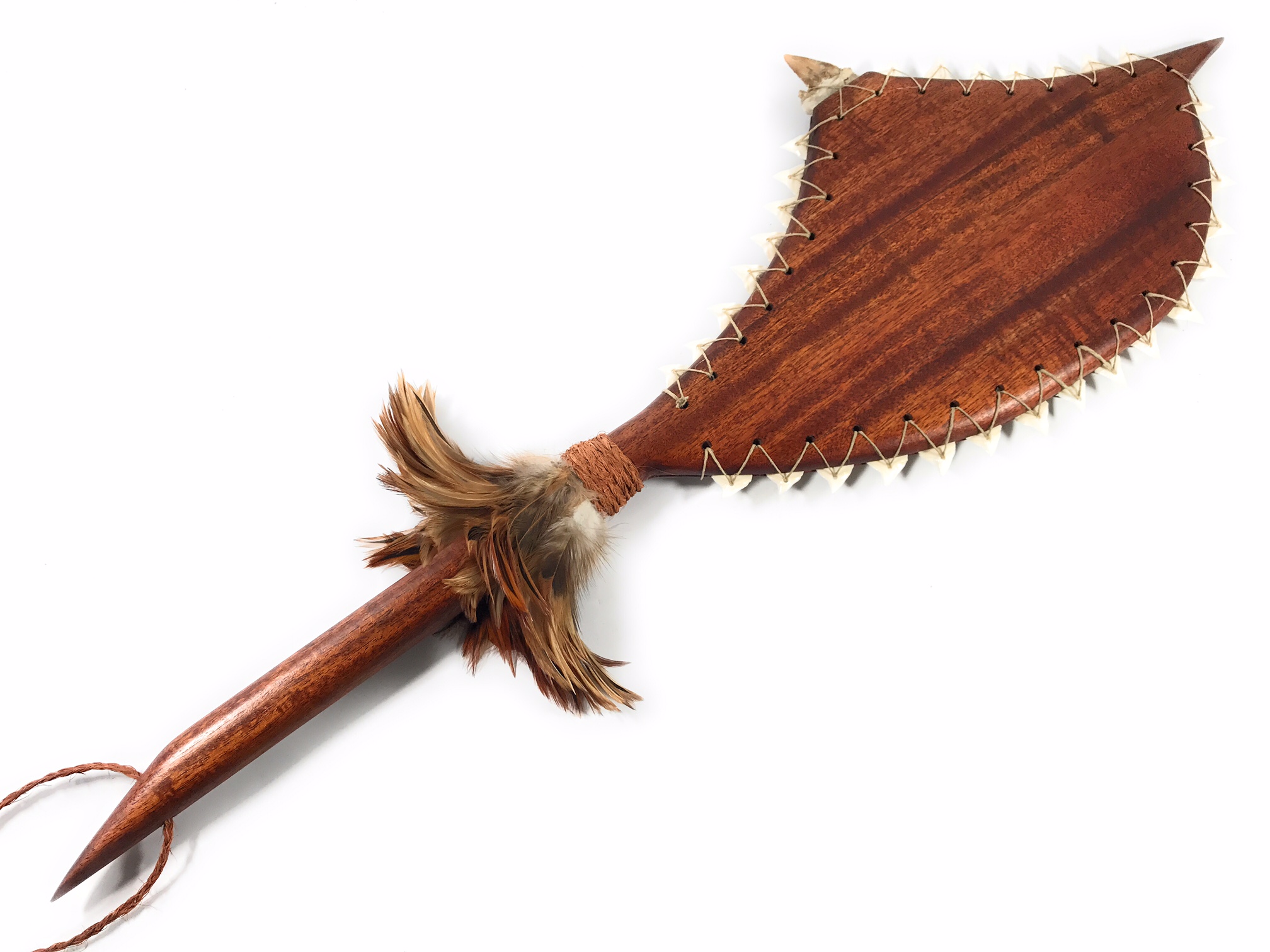
Selecting the Right Materials
Craftsmen use strong wood like koa or ironwood to make the handle of the lei o mano war club. Sharks use their teeth to make sharp edges. They usually come from tiger sharks because they are the right size and shape for the weapon.
Tikimaster.com uses real materials. Teeth are from trusted suppliers and the roping, called sennit, is from Fiji. Completing the roping takes about 6 months, and we make the sennit roping from coconut husk.
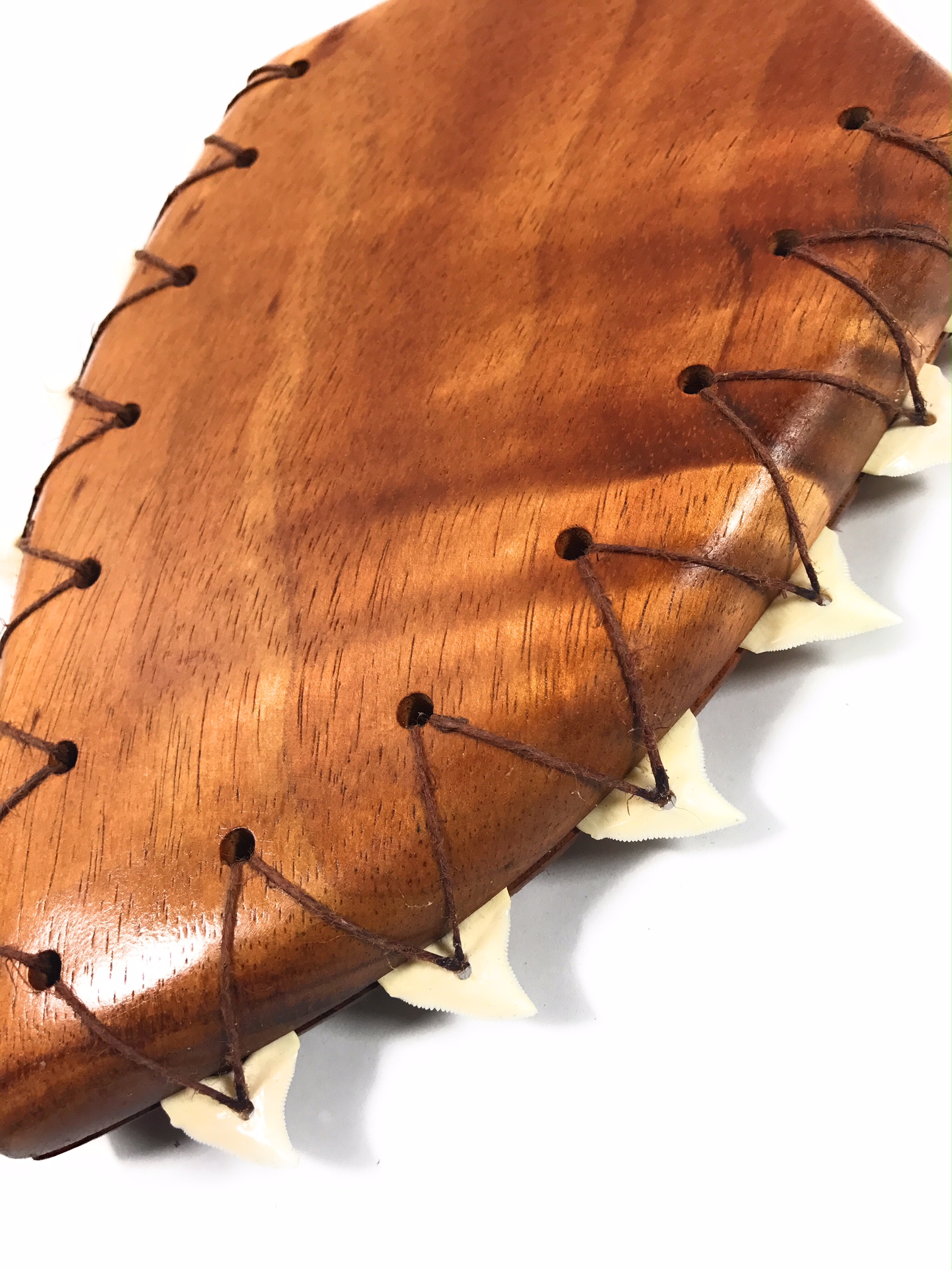
People in the past commonly used different materials like koa and pheasant wood to make Hawaiian war clubs.
Lei O Mano, also known as the shark tooth lei, is a traditional Hawaiian necklace made from the teeth of sharks.
What type of shark teeth do Lei O Mano use?
Shark teeth used in the lei can be different types and come from various shark species found in Hawaiian waters.
One of the most commonly used shark teeth in the lei is from the tiger shark (Galeocerdo cuvier). The unique shape and serrated edges of tiger shark teeth make them ideal for crafting into jewelry. These teeth are typically large and triangular, with a sharp point at the top and serrations along the edges.

Tiger shark teeth can be light or dark, while fossilized shark teeth are usually darker. Megadolon shark teeth were almost black.
Another type of shark tooth commonly used in the lei is from the great white shark (Carcharodon carcharias). The large size and distinctive triangular shape of great white shark teeth are well-known. They have a smooth surface and are typically a pale cream or white color. Because of their size and shape, people highly seek great white shark teeth for their aesthetic appeal in shark tooth leis.
Other types of sharks, such as the mako, bull, and hammerhead sharks, also possess teeth suitable for use in the lei. Each species has different tooth features that add to the diversity and beauty of the lei. For example, the tiger shark has jagged teeth edges while the bull shark has smoother ones.
To create a shark tooth necklace, first select and clean the teeth. Then, drill holes in each tooth. Finally, thread the teeth together using a strong thread or cord. Teeth are arranged in a pattern, alternating between shark species or colors to create a nice design.
Lei O Mano is culturally and spiritually important in Hawaiian culture on all Hawaiian Islands from Kauai to Hawaii. People often wear it as a symbol of strength, protection, and connection to the ocean. The lei is a gift to honor and show respect. People wear it during special events like weddings, graduations, or important ceremonies.
The shark teeth in Lei O Mano come from various shark species found in Hawaiian waters. This adds to the lei's unique beauty and cultural significance.
Crafting the Club
The process of crafting a lei o mano war club begins with shaping the wooden handle. I carefully carve and sand the wood to create a smooth and sturdy surface. Next, embed the shark teeth into the handle, with the sharp edges facing outwards.

Strong glue sticks teeth and sometimes strengthens them with coconut fiber. To finish, decorate the handle with intricate designs and patterns. Use traditional tools such as shark tooth knives and chisels.
The Legacy of the Lei O Mano War Club
The lei o mano war club is a symbol of strength, culture, and connection to ancestors for Pacific Islanders. Even though people no longer use it in battles, they still remember it through dances, ceremonies, and art.

Preserving the Tradition
People are now more interested in traditional Pacific Islander culture, such as making lei o mano war clubs. Artisans and craftsmen are teaching future generations how to make wooden clubs. They are working to preserve this ancient tradition and keep their heritage alive.
A Reminder of the Past
For many Pacific Islanders, the lei o mano war club is a reminder of their ancestors and the struggles they faced. Hawaiian war clubs symbolize strength and remind them to honor and safeguard their cultural traditions taught by the elders.
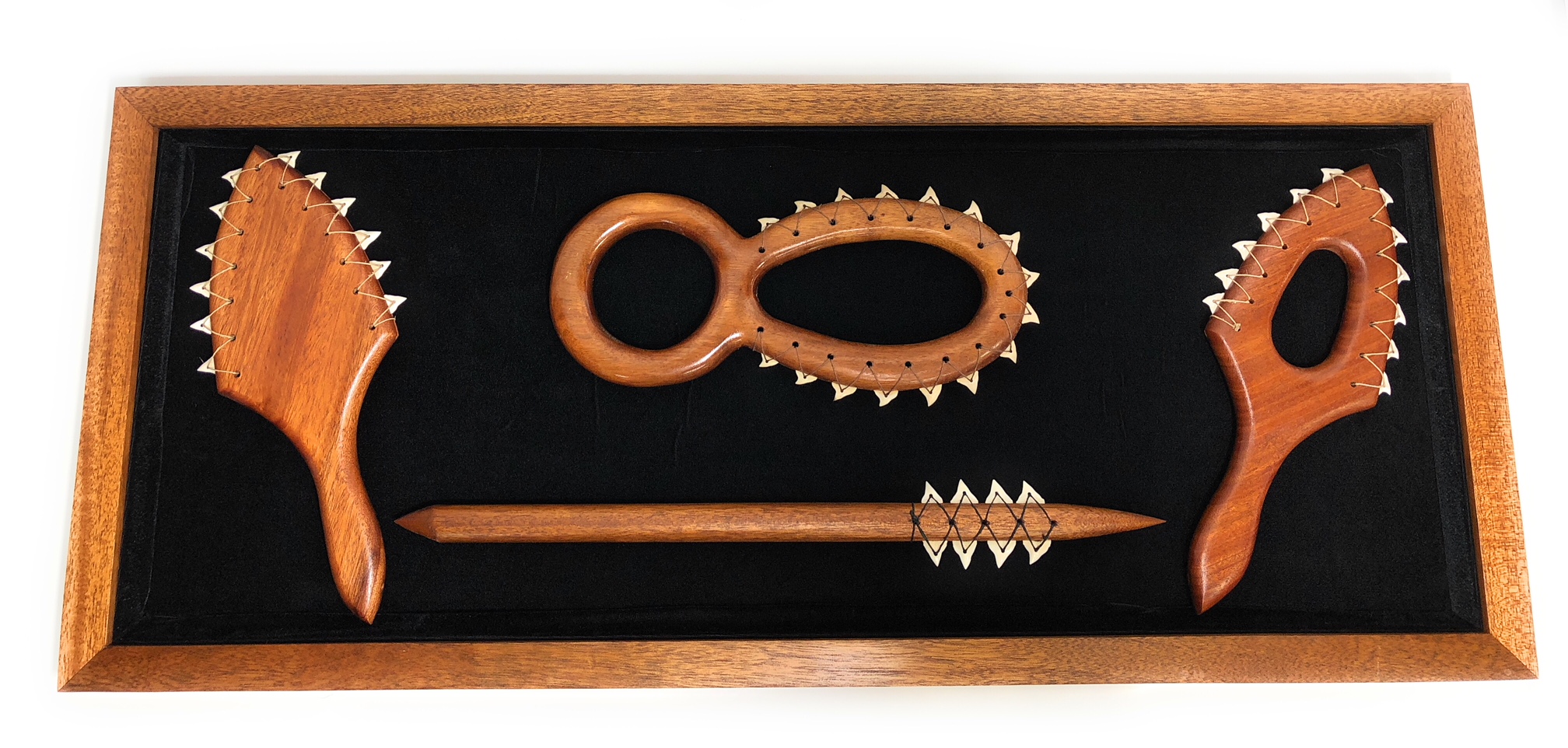
In Conclusion
The mano war club is a strong weapon with cultural importance in Pacific Islander culture. It started long ago and still exists today through dances, ceremonies, and art.
Let's celebrate the culture of the Pacific Islands. We should remember the lei o mano war club. Island groups in the South Pacific used war clubs, but Hawaiian and Marquesas islands had different designs and techniques.
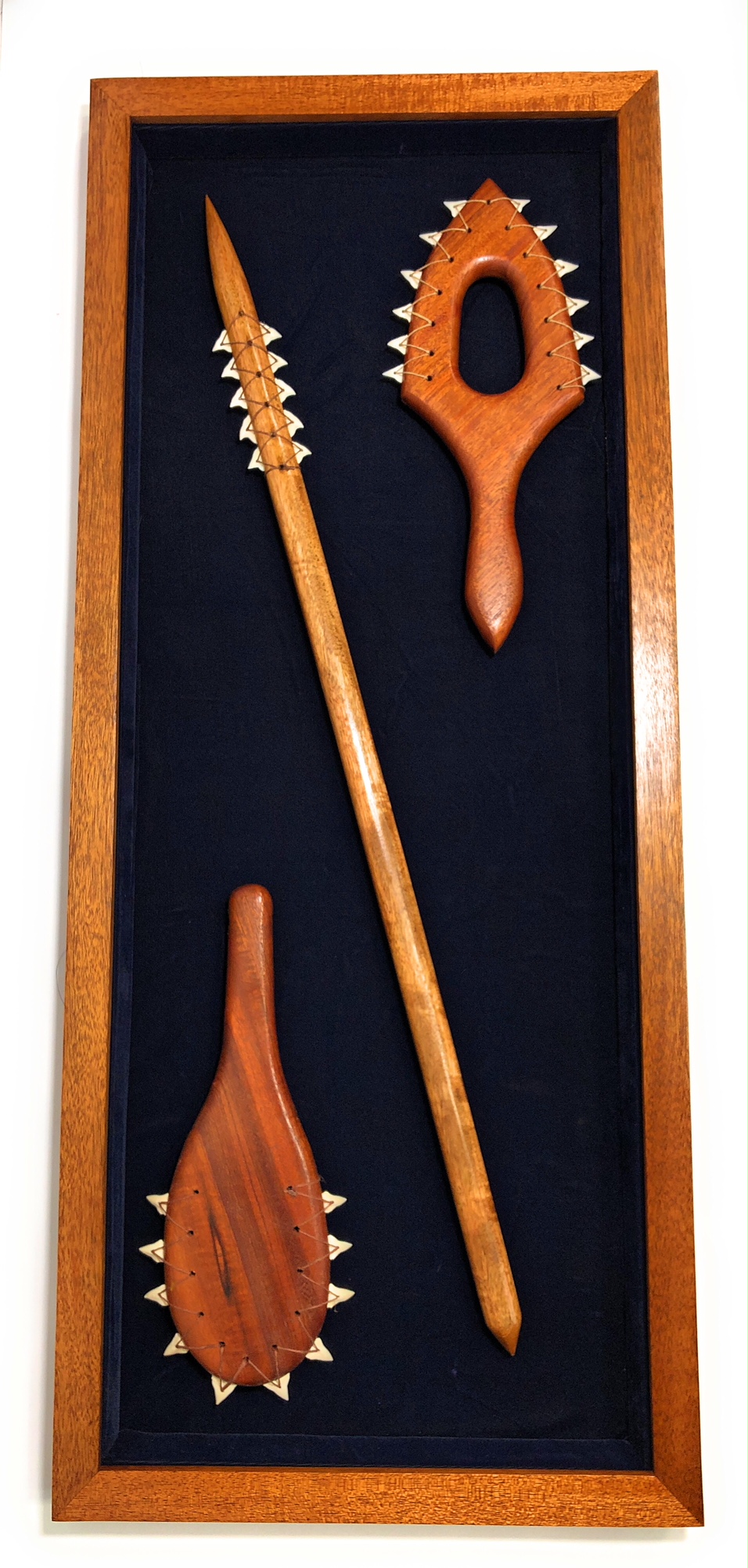
Most lei o mano had a simple texture but the great white shark teeth were deadly. People in certain areas of the South Pacific, like the Marshall Islands, used war clubs as weapons. Although they didn't have shark teeth, their size and design made them just as deadly. From generations to another, Native Hawaiians would care in preserving traditions and heritage in this beautiful region.






